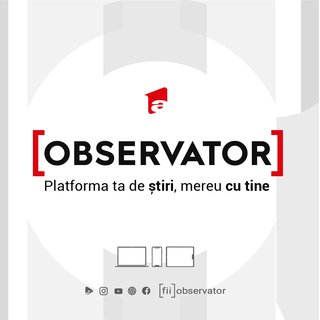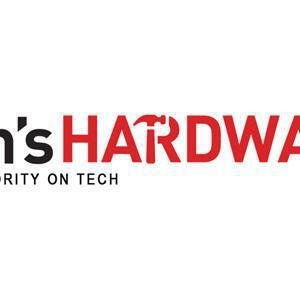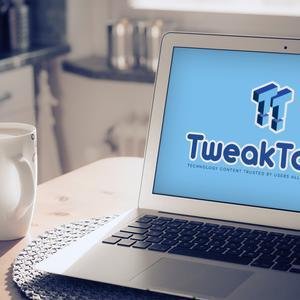U.S. officials are reportedly investigating whether Chinese AI startup DeepSeek illegally went around U.S. export controls to score the best Nvidia chips. A Bloomberg report citing people familiar with the matter said the White House and FBI are involved.
U.S. export controls bar Nvidia from selling the most advanced AI chips to Chinese companies. The U.S. suspects DeepSeek might have gotten around the restriction using third parties in Singapore.
DeepSeek disrupts AI race
During the week of Jan. 26, DeepSeek disrupted the AI race with its chatbot R1. It dethroned OpenAI’s ChatGPT on top of the Apple App Store chart and tanked tech stocks in the process.
Nvidia’s stock is still down about 12% from its share price last Friday. The company shed around $600 billion in market cap on DeepSeek’s arrival. It’s the biggest one-day loss for a U.S. company in history. The higher you climb, the farther you fall.
A big driver to what’s damaging other tech companies is the price DeepSeek claims to have paid to train its high-performing chatbot. According to its research paper, DeepSeek used inferior Nvidia H800 chips to build it and spent just $6 million to train it. But many aren’t buying it.
“I do not believe that DeepSeek was done all above board. That’s nonsense,” said Howard Lutnick, President Donald Trump’s pick for commerce secretary. “They stole things. They broke in. They’ve taken our IP. It’s got to end. And I’m going to be rigorous in our pursuit of restrictions and enforcing those restrictions to keep us in the lead because we must stay in the lead.”
“It doesn’t seem like it’s an obvious red flag that this cannot have been done,” said Tara Javidi, a professor of electrical and computer engineering at UCSD. “Many of us have been doing research in the space, in various aspects of the space, to make the training process cheaper, to make the models smaller, to really think about open-sourcing.”
“When people report the cost of training, they report the cost of training for their last successful attempt where it went through,” she added, indicating DeepSeek’s $6 million total wouldn’t include any previous failed attempts.
Nvidia responds to reports
Since DeepSeek’s arrival, Nvidia has come out saying it doesn’t believe DeepSeek broke any rules. Nvidia told Bloomberg it insists its customers comply with the law and act accordingly if they don’t.
Earlier this month, Nvidia publicly criticized the Biden administration over the export controls put in place. The company said it was looking forward to working with Trump.















































































